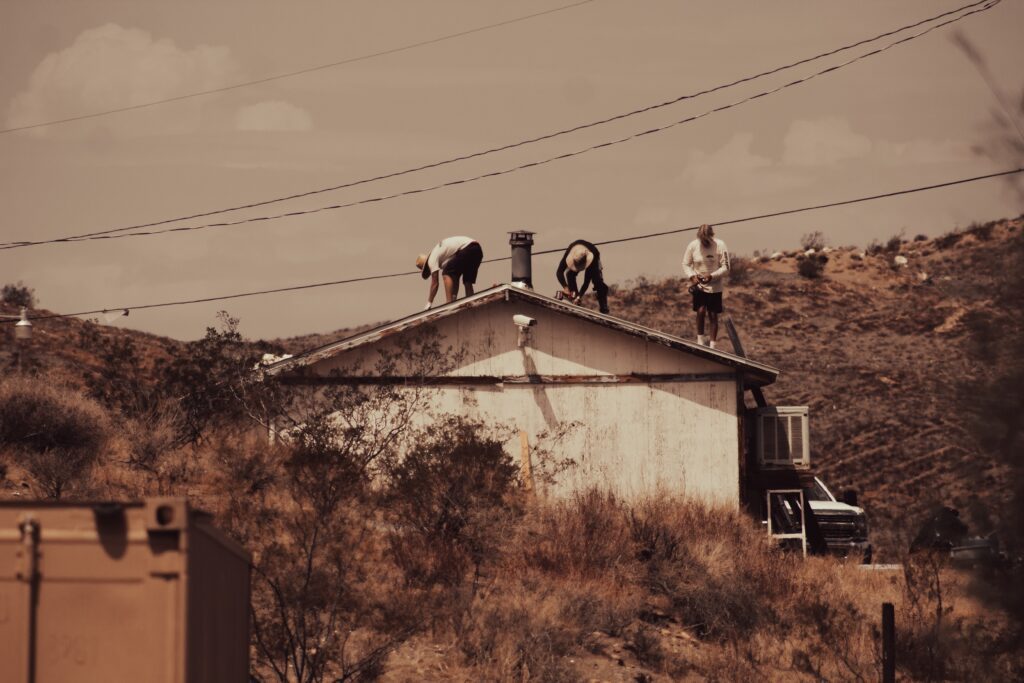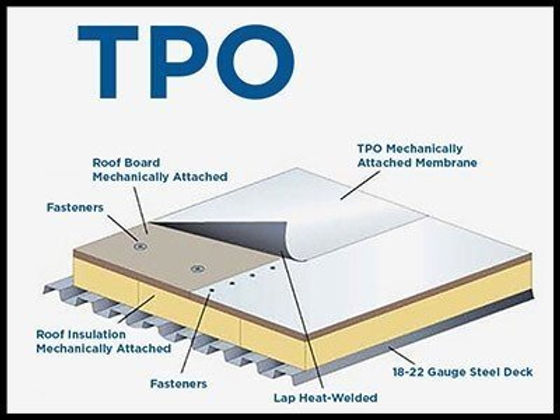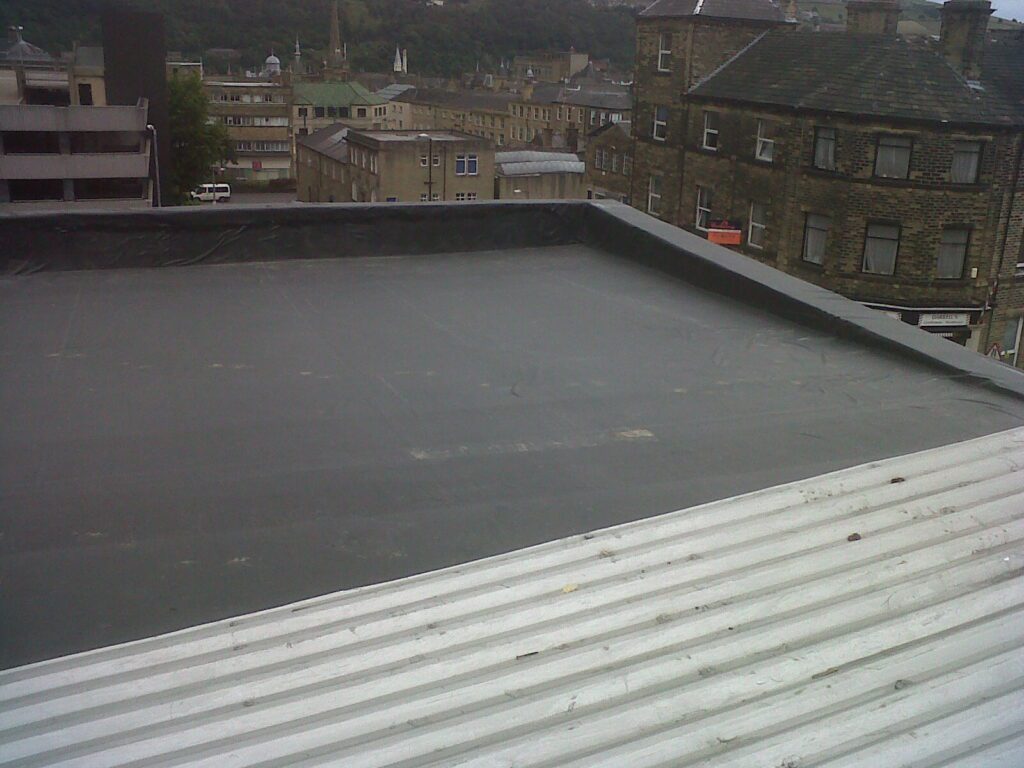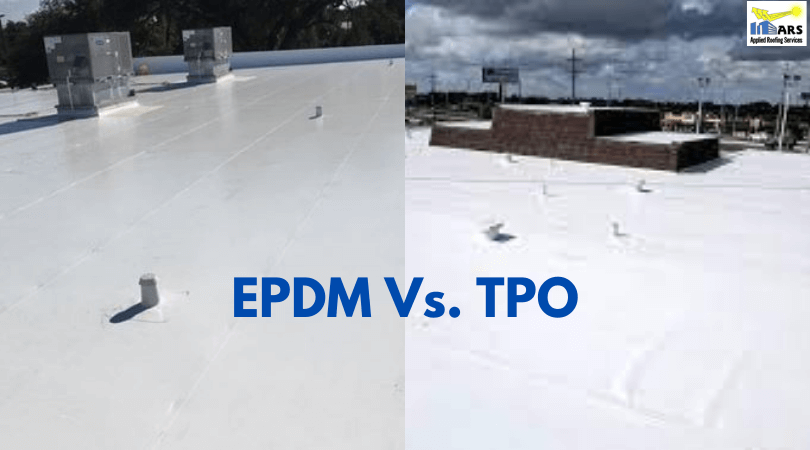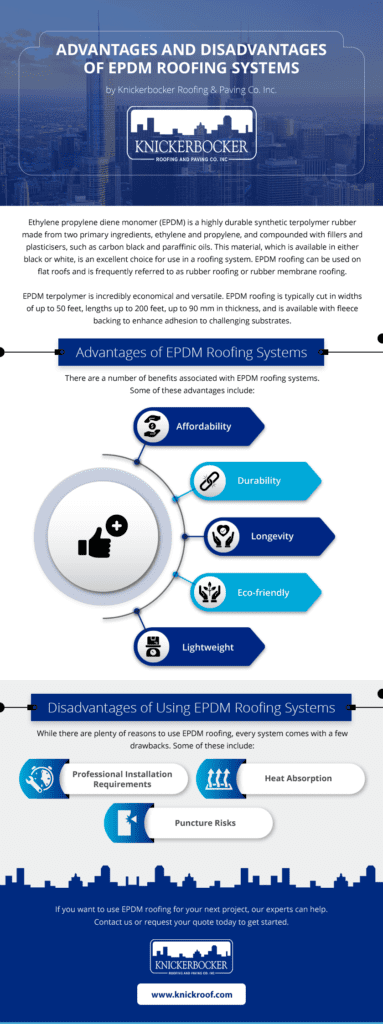Are you tired of having to replace your roof every few decades? Well, you’re in luck! Today we’re here to answer the burning question on everyone’s mind: is there such a thing as a 50 year roof? We’ll explore the latest advancements in roofing technology and dive into the durability and lifespan of roofs, ultimately uncovering the truth behind this elusive term. So, buckle up and get ready to learn everything you need to know about the possibility of a roof that can stand the test of time.
Understanding Roof Lifespan
When it comes to the lifespan of your roof, there are several factors to consider. Understanding these factors can help you make informed decisions about your roofing materials and maintenance. The average lifespan of a roof can vary depending on the material used, the quality of installation, proper ventilation and insulation, and regular maintenance and inspections.
Factors Affecting Roof Lifespan
There are various factors that can affect the lifespan of your roof. These include:
Climate
The climate in which you live plays a significant role in determining the longevity of your roof. Extreme weather conditions such as high winds, heavy rain, snow, and extreme temperature fluctuations can take a toll on your roof. Different roofing materials respond differently to these conditions, so it’s important to choose a material that is suitable for your climate.
Quality of Installation
The quality of installation is crucial in determining the lifespan of your roof. A poorly installed roof can lead to premature damage and failure. It’s essential to hire a professional roofing contractor with experience and expertise in installing the specific material you have chosen. Proper installation techniques ensure that the roof is able to withstand the elements and perform optimally.
Proper Ventilation
Proper ventilation in your attic space is important for maintaining the longevity of your roof. Without adequate ventilation, heat and moisture can become trapped, leading to accelerated degradation of the roofing materials. This can result in warped shingles, rot, mold growth, and other issues that can significantly decrease the lifespan of your roof. Ensuring proper ventilation will help keep your roof in good condition for years to come.
Effective Insulation
Good insulation is not only important for energy efficiency but also plays a role in roof longevity. Without proper insulation, heat can build up in the attic, causing roofing materials to deteriorate more quickly. Additionally, poor insulation can lead to ice dams in colder climates, which can cause water damage and compromise the integrity of the roof. Investing in effective insulation will help extend the lifespan of your roof.
Regular Maintenance and Inspection
Regular maintenance and inspection are essential for prolonging the lifespan of your roof. Routine inspections allow you to catch and address any issues early on, preventing them from escalating into larger problems. Regular maintenance, such as cleaning gutters and downspouts, removing debris, and taking care of minor repairs, helps prevent damage and ensures the roof remains in good condition.
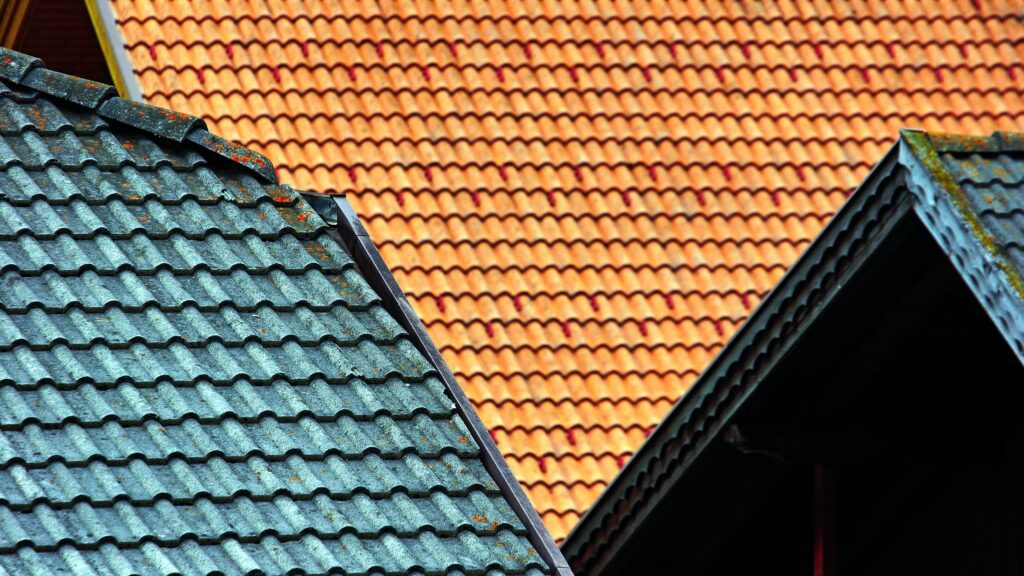

Average Lifespan of Different Roofing Materials
Roofing materials vary in terms of their average lifespan. Here are some commonly used roofing materials and their estimated lifespan:
Asphalt Shingles
Asphalt shingles are one of the most popular roofing materials due to their affordability and durability. On average, asphalt shingles have a lifespan of 20 to 30 years. However, with proper maintenance and regular inspections, they can last up to 50 years in some cases.
Metal Roofing
Metal roofing is known for its longevity and durability. It can last anywhere from 40 to 70 years, depending on the specific material and quality of installation. Metal roofs are highly resistant to fire, mildew, insects, and rot, making them a great choice for homeowners looking for a long-lasting roofing option.
Slate Roofing
Slate roofing is among the most durable and long-lasting roofing materials available. With a proper installation and regular maintenance, slate roofs can easily exceed 100 years. Their natural beauty and resistance to fire make them a sought-after option for homeowners willing to invest in a high-quality, long-lasting roof.
Tile Roofing
Tile roofing, commonly seen in Mediterranean and Spanish-style homes, has a lifespan of 50 to 100 years. Made from materials such as clay or concrete, tile roofs are known for their durability and ability to withstand harsh weather conditions. Although they require regular maintenance and can be more expensive than other roofing materials, their long lifespan makes them a worthwhile investment.
Increasing Roof Lifespan through Maintenance
While the lifespan of your roof largely depends on the material and installation, proper maintenance is key to extending its longevity. Here are some tips for maintaining your roof:
Regular Roof Inspections
Regular roof inspections, ideally performed at least once a year, can help identify any potential issues before they become major problems. A professional roofing contractor can assess the condition of your roof, identify any signs of damage or wear, and provide recommendations for necessary repairs or maintenance.
Cleaning Gutters and Downspouts
Clogged gutters and downspouts can lead to water pooling on your roof, which can cause damage and deterioration. Regularly cleaning and maintaining your gutters and downspouts will help ensure proper water drainage and prevent issues like leaks and roof damage.
Addressing Roofing Repairs Promptly
If you notice any signs of roof damage, such as missing or damaged shingles, leaks, or sagging sections, it’s crucial to address them promptly. Ignoring these issues can lead to further damage and compromise the integrity of your roof. Taking care of repairs as soon as they arise will help prevent costly repairs down the line.
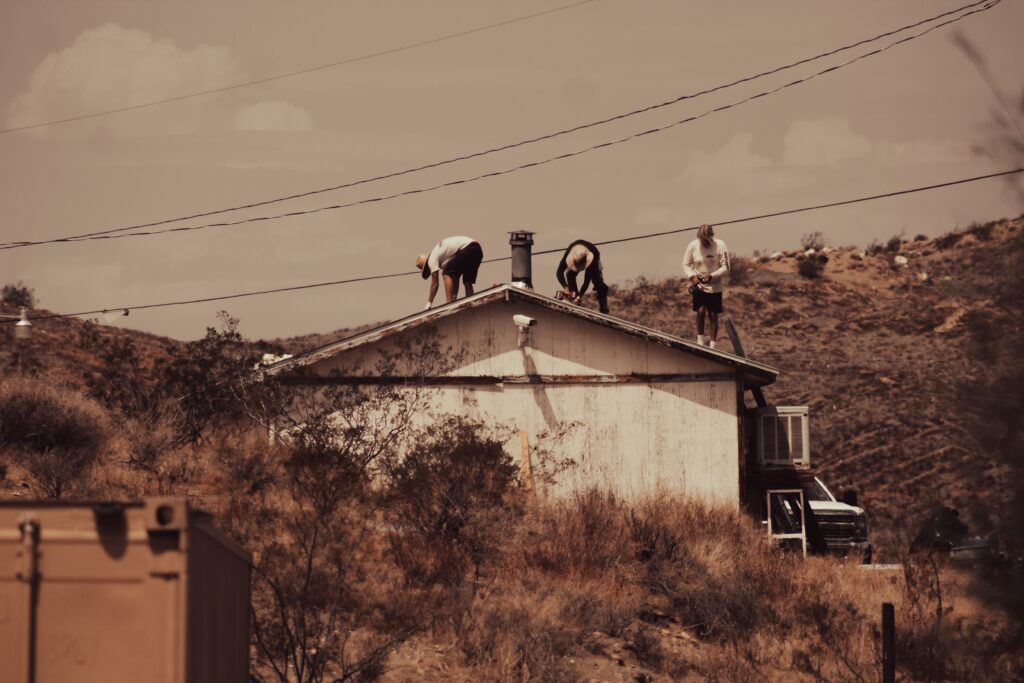

Choosing the Right Roofing Material
Choosing the right roofing material is an important decision that can have a significant impact on the lifespan of your roof. Consider the following factors when selecting your roofing material:
Considerations for Climate
As mentioned earlier, climate is an important factor to consider when choosing a roofing material. Different materials respond differently to the elements, so it’s essential to choose one that is suitable for your specific climate. For example, metal roofing is highly resistant to wind and fire, making it a good choice for areas prone to strong winds and wildfires.
Aesthetics and Architectural Style
Your roof plays a significant role in the overall aesthetics and architectural style of your home. Consider the look and feel you want to achieve and choose a roofing material that complements your home’s design. There are various options available, from the classic look of asphalt shingles to the elegance of slate or tile roofing.
Budget and Financial Investment
Budget is another important consideration when choosing a roofing material. Different materials vary in cost, so it’s essential to set a budget and explore options within that range. Remember to consider the long-term cost as well, as some materials may require more frequent repairs or maintenance, impacting your overall investment.
Additional Features and Benefits
Different roofing materials offer different features and benefits. For example, metal roofs are energy-efficient and environmentally friendly, while tile roofs provide excellent insulation. Consider any additional features or benefits that may be important to you, such as energy efficiency, eco-friendliness, or impact resistance.
Installation and Warranty
Proper installation is crucial for the longevity of your roof. Hiring a professional roofing contractor with experience and expertise in installing the chosen material is essential. They will ensure that the installation meets industry standards and best practices, providing you with peace of mind and a roof that will last.
Understanding product warranties is also important. Different roofing materials come with different warranty options, which can provide protection against manufacturing defects or premature failure. Be sure to read and understand the terms and conditions of the warranty before making your final decision.
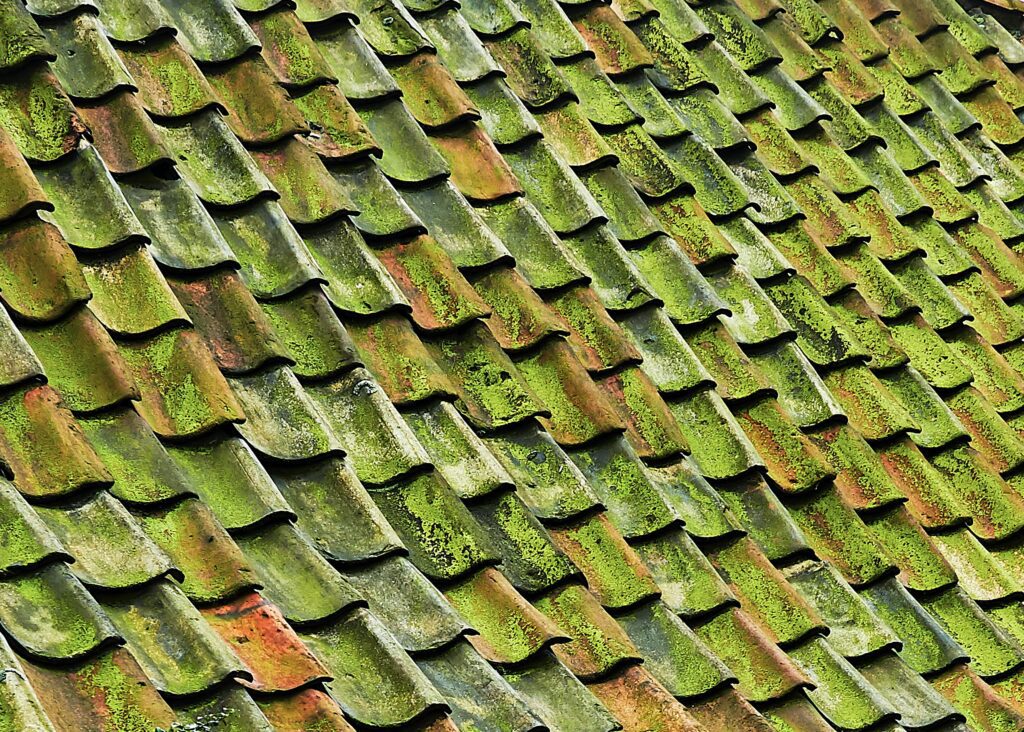

Signs of Roof Replacement
Despite proper maintenance and care, there may come a time when your roof requires replacement. Here are some signs that indicate it’s time for a new roof:
Age and Visible Wear
The age of your roof is a good indicator of its remaining lifespan. Most roofing materials have a specific lifespan, and once they reach the end of that period, it’s time for a replacement. Additionally, visible wear, such as curling or missing shingles, can indicate that your roof is nearing the end of its lifespan.
Persistent Roof Leaks
Persistent roof leaks that cannot be effectively repaired may indicate structural damage or deterioration that requires a new roof. If you find that you constantly need to address leaks or water damage, it may be more cost-effective in the long run to invest in a new roof.
Mold or Mildew Growth
The presence of mold or mildew on your roof or in your attic is a sign of moisture-related issues. It can indicate a problem with ventilation, insulation, or a water leak. If mold or mildew growth is extensive or recurring, it may be necessary to replace your roof to address the underlying issue.
Sagging or Uneven Roof
A sagging or uneven roof is a serious structural issue that can compromise the safety and integrity of your home. It often indicates structural damage or a weakened roof structure. If you notice significant sagging or an uneven appearance, it’s important to have your roof inspected by a professional. They will assess the extent of the damage and advise on whether a replacement is necessary.
Energy Inefficiency
If you notice a significant increase in your energy bills, it may be a sign that your roof is no longer providing sufficient insulation. Poor insulation can lead to heat loss in the winter and heat gain in the summer, putting strain on your HVAC system and increasing energy consumption. A new roof with improved insulation can help improve energy efficiency and reduce your energy costs.
Cost Considerations
When considering the lifespan of your roof, it’s important to take cost into account. Here are some cost considerations to keep in mind:
Initial Cost of Installation
The initial cost of installing a new roof can vary depending on the material chosen, the size and complexity of the roof, and the region in which you live. Some roofing materials, such as slate or tile, tend to be more expensive upfront compared to others like asphalt shingles. Consider your budget and long-term financial goals when deciding on the appropriate roofing material.
Potential Long-term Savings
While some roofing materials may have a higher upfront cost, they can provide long-term savings. For example, metal roofing is highly durable and energy-efficient, which can result in lower energy costs over the lifespan of the roof. Consider the potential long-term savings associated with different roofing materials when making your decision.
Return on Investment
Investing in a high-quality roof that lasts for many years can provide a significant return on investment. A roof with a long lifespan can increase the value of your home and attract potential buyers if you decide to sell in the future. Additionally, a well-maintained roof can save you money on repairs and prevent potential damage and associated costs.
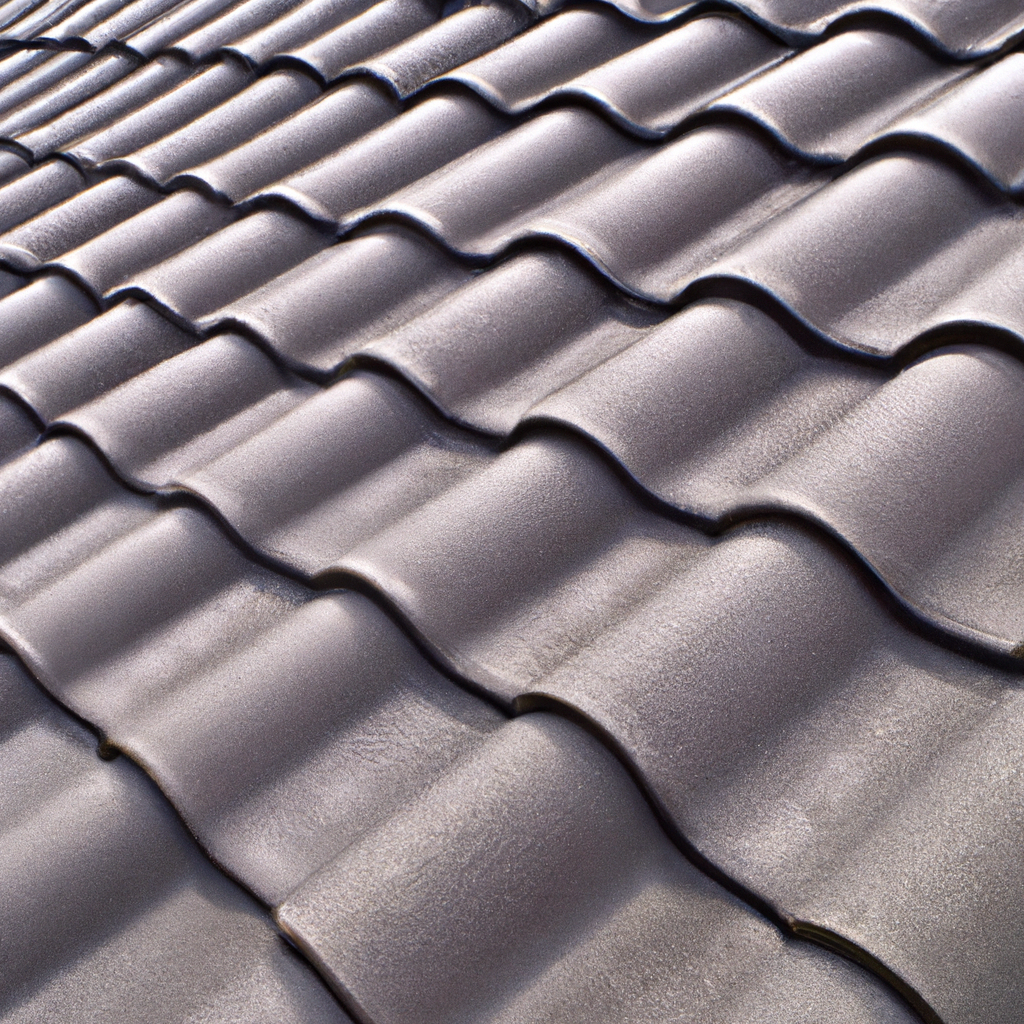

The Future of Roofing
As technology continues to advance, so does the roofing industry. The future of roofing involves advancements in materials, installation techniques, and environmental sustainability. Here are some trends to look out for:
Advancements in Roofing Technology
Technological advancements are leading to the development of new and improved roofing materials. These materials offer increased durability, energy efficiency, and resistance to environmental factors. Additionally, innovations in installation techniques and tools are making the roofing process faster, more efficient, and safer.
Sustainable and Eco-friendly Roofing Solutions
In response to growing environmental concerns, the roofing industry is embracing sustainable and eco-friendly solutions. This includes the use of recycled or recyclable materials, as well as the incorporation of renewable energy technologies. Green roofs, which involve the installation of vegetation on the roof surface, are also gaining popularity for their environmental benefits.
Expected Lifespan Improvements
With ongoing research and development, it is expected that the lifespan of roofing materials will continue to improve. This means that homeowners can look forward to even longer-lasting roofs that require minimal maintenance and offer optimal performance.
In conclusion, understanding the factors affecting roof lifespan is crucial for homeowners looking to make informed decisions about their roofs. Factors such as climate, quality of installation, ventilation, insulation, and maintenance all play a role in determining how long your roof will last. By choosing the right roofing material, investing in proper installation, and performing regular maintenance, you can maximize the lifespan of your roof and enjoy the benefits of a safe and durable home.

